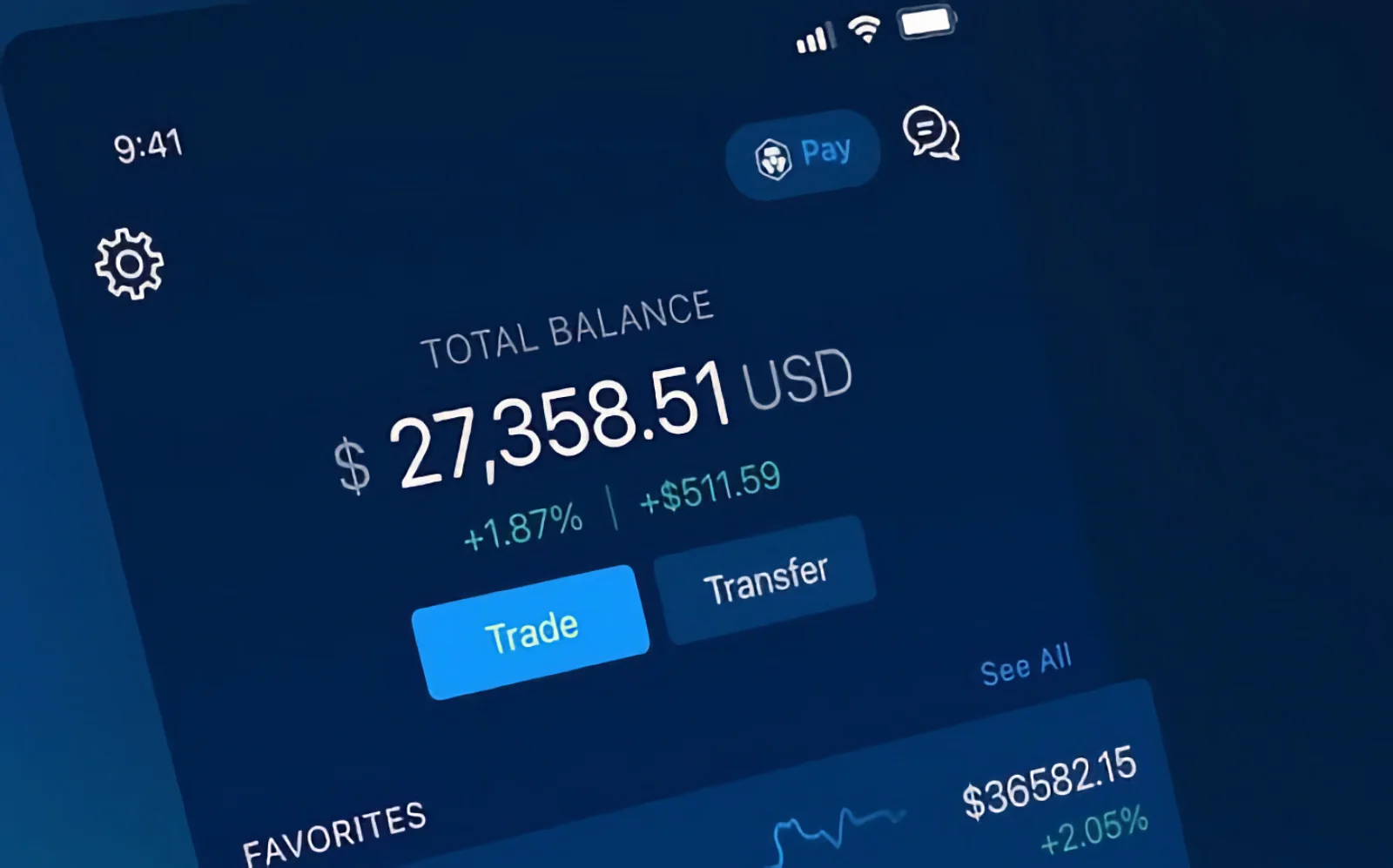What is a custodial wallet and how does it work? Learn about the benefits and risks of using a third-party service provider to manage your digital assets.
One way to keep your cryptocurrencies secure is to use a wallet. There are two types of cryptocurrency wallets: non-custodial and custodial. In this article, we will focus on custodial wallets, exploring what they are and how they work.
What is a custodial wallet – definition
A custodial wallet is a type of cryptocurrency wallet where a third-party service provider manages your private keys. Your private keys are the codes that allow you to access and transfer your digital assets.
When you use a custodial wallet, you do not have direct control over your private keys. Instead, the service provider manages your private keys on your behalf, and you access your digital assets through their platform.

How does a custodial wallet work?
To use a custodial wallet, you need to create an account with a service provider. Once you have created an account, you can deposit and withdraw cryptocurrencies through their platform. The service provider will manage your private keys on your behalf, and you will be able to access your digital assets through their platform.
Custodial wallets typically charge fees for their services. These fees can include transaction fees and storage fees. The fees may vary depending on the service provider and the type of cryptocurrency you are using.
Advantages of using a custodial wallet
Custodial wallets offer several advantages, especially for new users. One of the most significant advantages is convenience. Since the service provider manages your private keys, you do not need to worry about storing and securing them yourself.
Additionally, custodial wallets tend to be more user-friendly, as they often offer more features and functionality than non-custodial wallets. Some service providers may also offer additional security measures and insurance to protect your digital assets.
Disadvantages of using a custodial wallet
One of the biggest disadvantages of using a custodial wallet is that you have less control over your digital assets. You are relying on a third-party service provider to manage your private keys, which means that they have access to your digital assets. This can create a centralization risk if a single service provider manages a significant amount of digital assets.
Another disadvantage of using a custodial wallet is that they can be more vulnerable to hacks and other security breaches. Since you are relying on a third-party service provider to manage your private keys, there is always a risk of a security breach that could lead to the loss of your digital assets.
Comparison of custodial and non-custodial wallets
Custodial wallets offer greater convenience and ease of use, but they come with greater risks and less control over your digital assets. Non-custodial wallets, on the other hand, offer greater control and security, but they can be more complex and less user-friendly.
How to choose the right wallet for you
Choosing the right type of wallet depends on your individual needs and preferences. If you are new to cryptocurrencies and value convenience and ease of use, then a custodial wallet might be the better option for you. If you are more experienced and prioritize control and security, then a non-custodial wallet might be the better option.
Conclusion
In conclusion, custodial wallets offer several advantages, but they also come with risks and less control over your digital assets. It’s important to understand the differences between custodial and non-custodial wallets and choose the one that best suits your needs.
No matter which type of wallet you choose, it’s essential to take the necessary steps to ensure the security of your digital assets. This includes using strong passwords, enabling two-factor authentication, and keeping your private keys safe and secure.